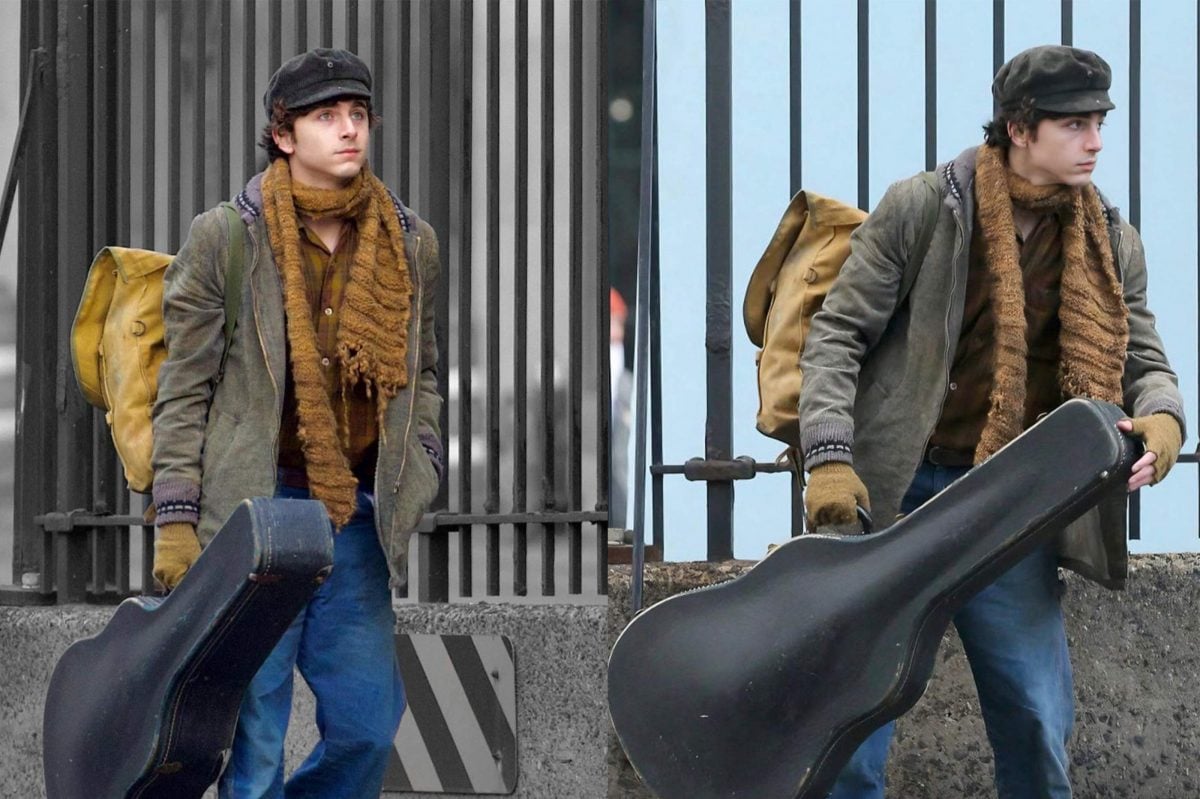
Bridget Gao-Hollitt was listening to Okay Kaya when she made the decision to cut a record. "I've always loved music. I've always loved singing. It's a very important part of me moving through life as a hyper emotional being," the actor and model tells RUSSH. "But I always used to say I would never want to write music and release it because it's so sacred to me and I was scared that it would get sullied by that process."
That all changed when she heard The Incompatible Okay Kaya. The stripped-back nine-track album comprising of classic covers and new renditions of Okay Kaya's own songs, proved to Gao-Hollitt that she could release music that was soft and strange and still retain her integrity.
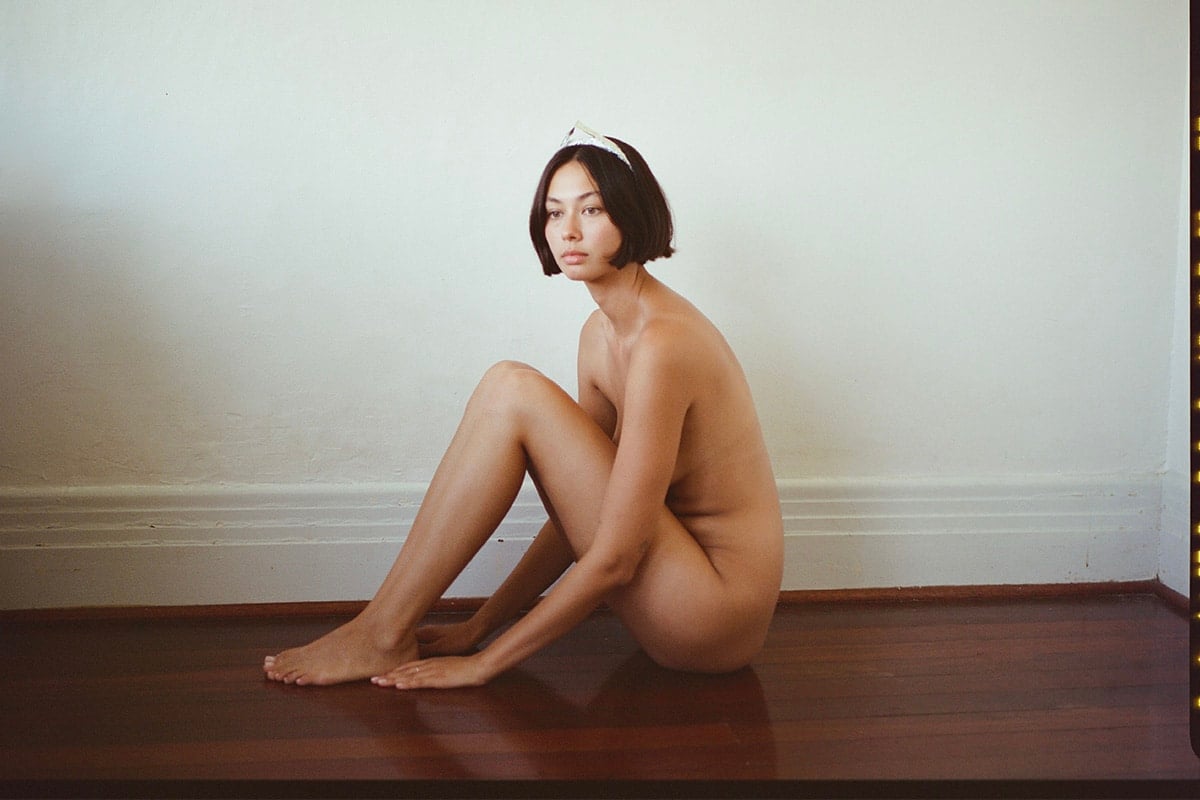
So began the creative process. Over the course of one year and a half, Gao-Hollitt completed three week-long songwriting camps with LA-based producer Johannes Burger to bring her EP how was that for you to life. The sessions took place at her home, which Burger fashioned into a makeshift music studio, and the producer would arrive every morning for breakfast, they would work and he would go home, then repeat that format the next day. "It was a really beautiful way to make the project because we got to stay in it," Gao-Hollitt says. "Then between those week-long periods we both had time to muse on it and evolve with it, which is such a luxury."
Bridget has been writing her own songs for around three years, but nothing stuck until she penned the lyrics for the five tracks on how was that for you. As if writing in a cocoon, almost all of them were conceived while house-sitting for a friend and caring for her cats. "They're all tethered to that space," she explains. Her friend inherited a "beautiful old piano" and the multidisciplinary artist would sit by it and knock the words out. "It came out of a lot of quietness and stillness."

Unsurprisingly, the songs are deeply introspective, with folk-forward acoustic guitar and an emphasis on confessional lyrics. Julia Jacklin, Laura Marling and Cat Power come to mind. Which tracks as Jacklin, along with a handful of other female artists like the aforementioned Okay Kaya, Aldous Harding, Laurie Anderson and FKA Twigs, are key influences for the EP. "Their music is created through a surrealist lens," Gao-Hollitt muses, and it is this sensibility she hoped to tap into with her own sound.
Our relationship with digital media was also weighing on Gao-Hollitt during the creation of how was that for you. "I'm very interested in cyborg anthropology," she tells me over the phone. "I saw this TED talk a few years ago and the whole thesis is that we're all cyborgs now. We all live these fractured realities between our biological selves and our digital selves. That really resonated with me."
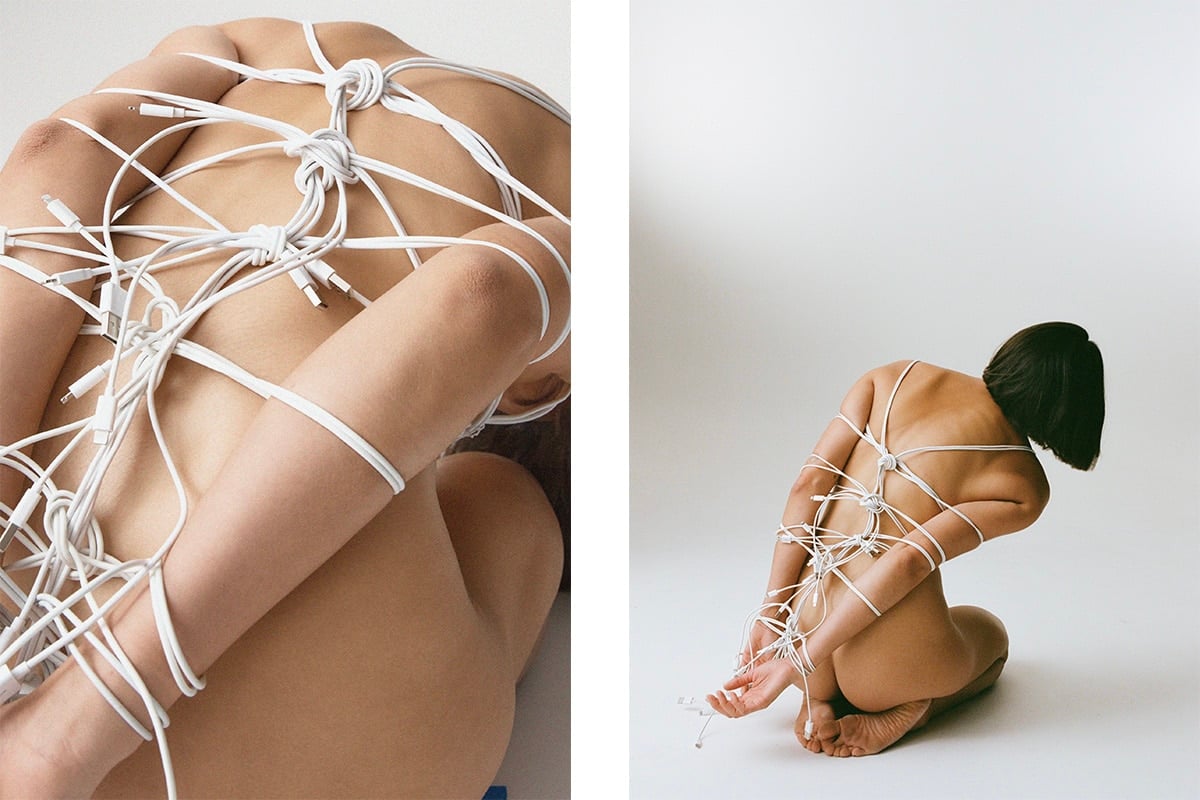
"Think about it; you're having conversations with people your physical body isn't involved in. People are messaging you when you're not there – but they're speaking to someone. I think for me the main thing that came through the EP was the overstimulation of living that way." She wanted to focus on what impact this way of experiencing the world has on love, loss and breakups.
Gao-Hollitt mentions Neil Harbisson, a Catalan, Irish and British artist who is widely recognised as the world's first cyborg. Harbisson is colour-blind and in 2004 he created a technology that would translate colour into sound through an antenna inserted into his skull. "His whole life is just this constant symphony," she says. "It makes me emotional talking about it...but in terms of how it relates to the project, I imagine that would be an extremely overstimulating experience." One we share many parallels with.
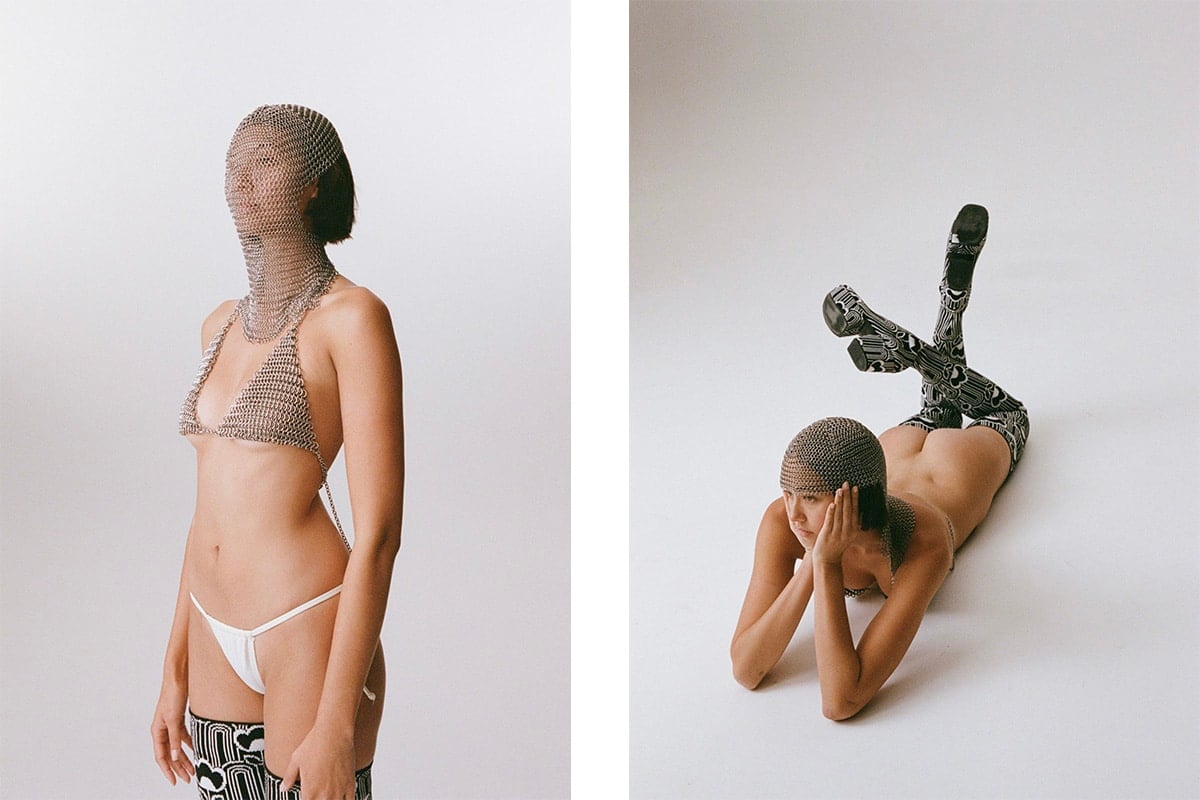
Since Gao-Hollitt is still getting the hang of guitar, all the instruments on the EP is Burger's work. "He had to really perfect this bad but good aesthetic, because we wanted to make it sound like it was me playing it in a room on my own. And I'm not very good at guitar," Bridget says. "But we had to make it good enough that the song still had integrity and held together. He's really a master in that regard," she adds.
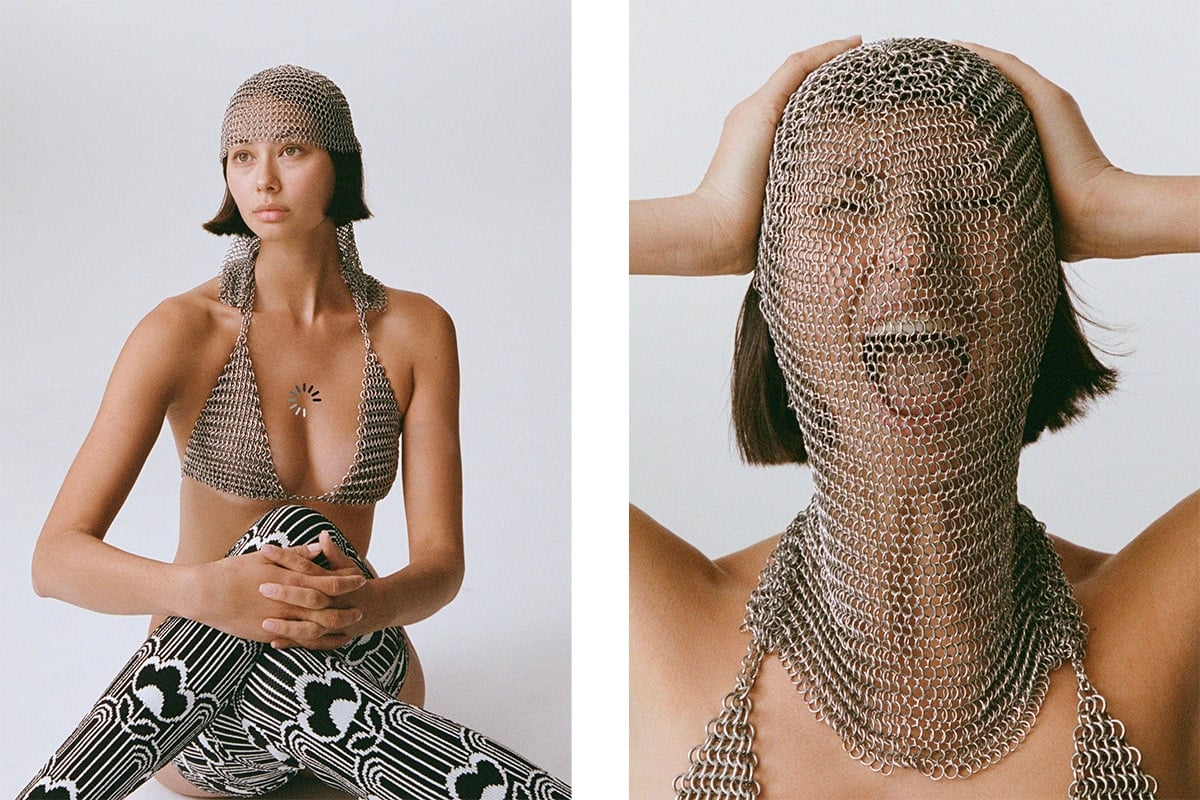
Even though the subject matter of her debut record can be abrasive and, at times, existential, Gao-Hollitt hopes people will notice how playful the EP is. Aside from the second track Daddy, which was a gruelling recording process given that it had to be taped in one take, "there was a lot of abandon in how me made it", the musician notes. "That's one thing I really hope people understand when they listen to it; it's all done with so much levity and love for all of the gritty, weird, grotesque things that it's about."
"It really felt like we were piecing together this project limb by limb."
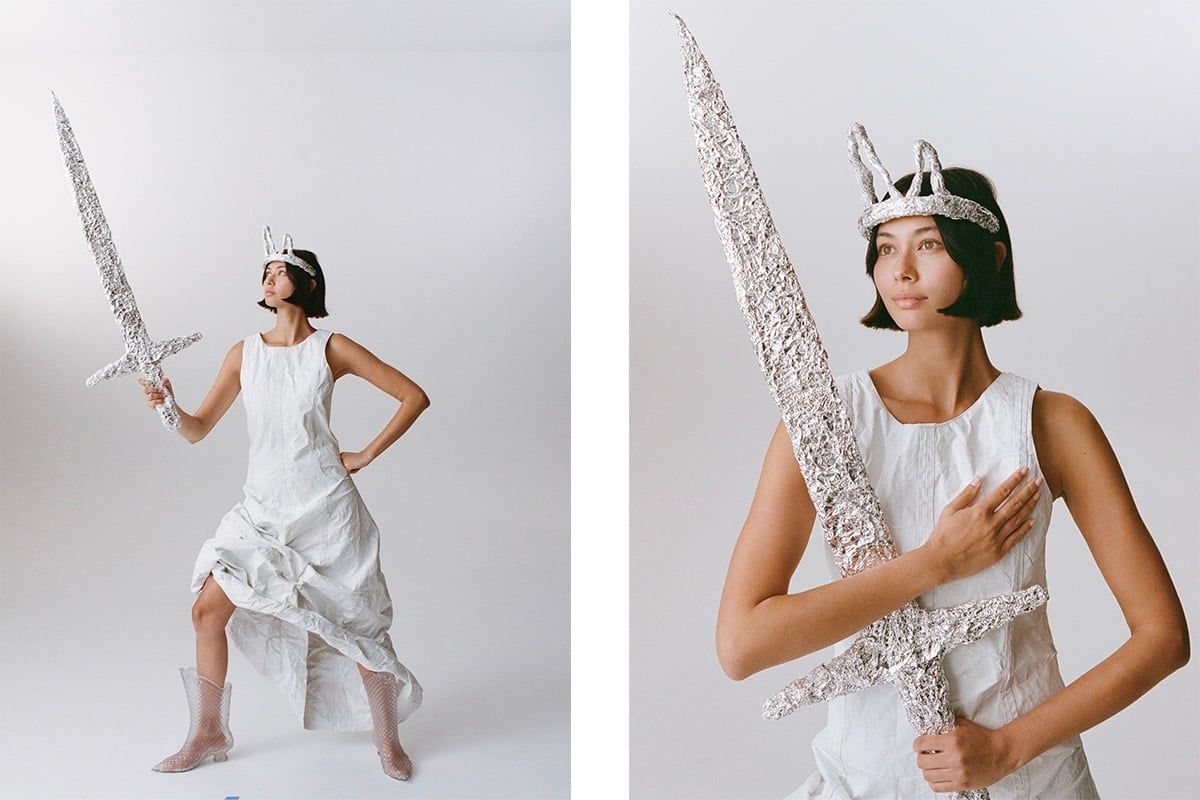
Given that how was that for you is Bridget Gao-Hollitt 's debut record, it was important to the musician that she had a no holds barred approach while bringing the project to life. She didn't want to refine or edit herself. From the beginning, Gao-Hollitt always knew the EP would act as a reference point she could return to regardless of where her music wanders next. "It's sort of like a first draft, which is very attractive to me."
Naturally, this approach has caused a swell of anxiety leading up to the EP launch on Friday, March 17. "I keep thinking 'am I really going to release this?'" Gao-Hollitt laughs. Either way, she supposes she'll feel a huge relief once it's out, "especially because I'm really excited about what comes next". Bridget has just secured a covetable Green Card and in a few weeks she'll be leaving Australia for Los Angeles indefinitely to focus on acting, music and modelling.

"This was always something that I needed to get out of my system before I really found my identity as a musician. So it feels like there's a big abyss waiting for me on the other side, which is scary and exciting."
how was that for you is out today.



